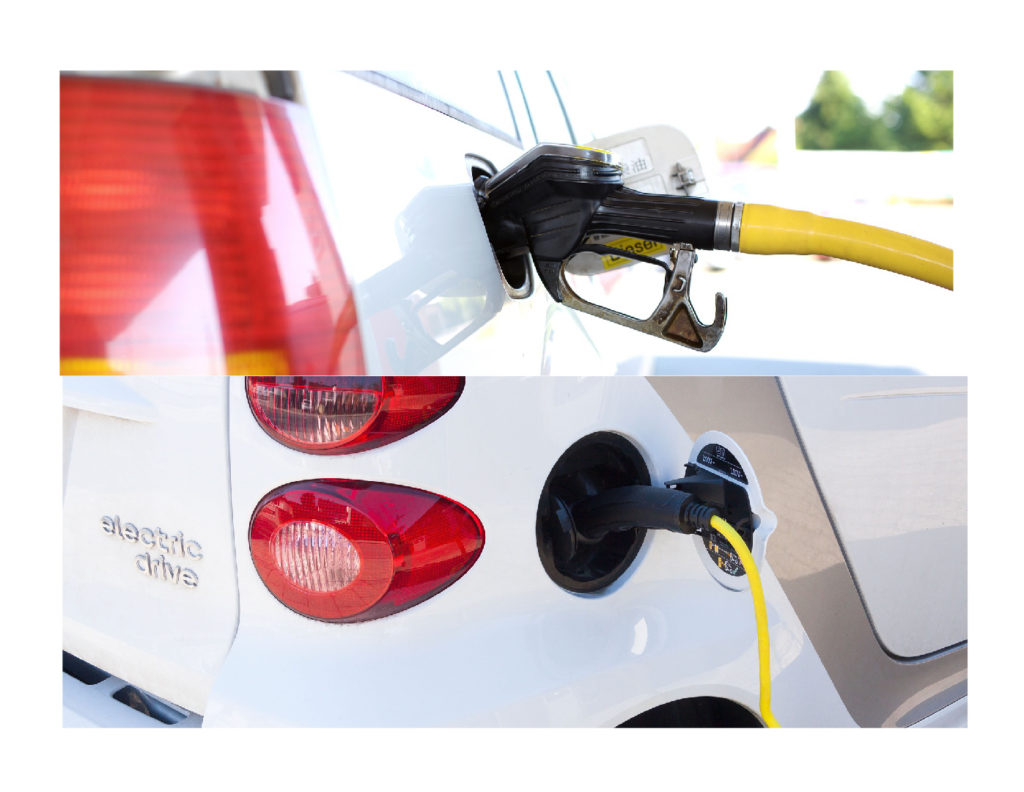
How long do you want to spend refilling your vehicle with energy? Most of us grew up driving gasoline powered vehicles that refill in about 10 minutes. This experience sets our notion of how long this should take. None of us even think about the investment in infrastructure that makes that possible.
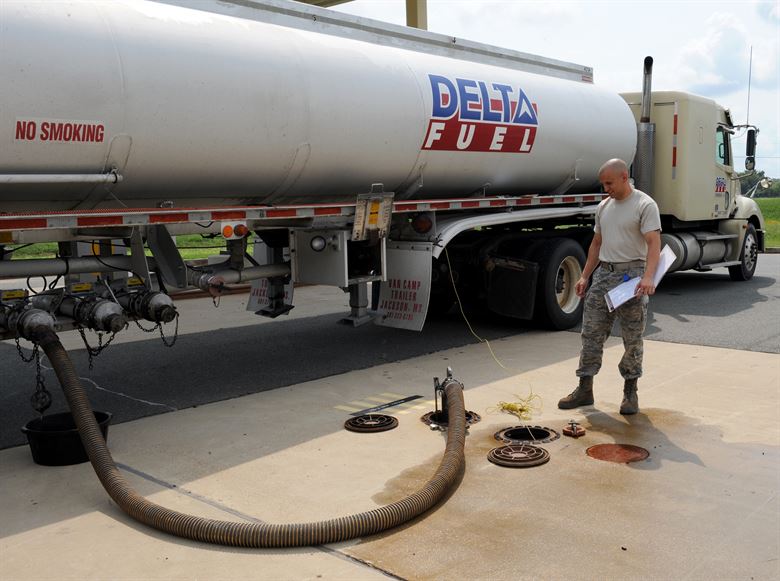
Closest in the chain is the investment made by the gas station owner in tank capacity to supply their customers with energy for two days. It takes a scare like a “gas shortage” for the average public to even consider this fact. When a “gas shortage” with the long line at the pumps occurs, what is really happening is every one is topping up their gas tanks. The amount of energy required to top up everyone’s tank is greater than the 2 days of supply at the stations.
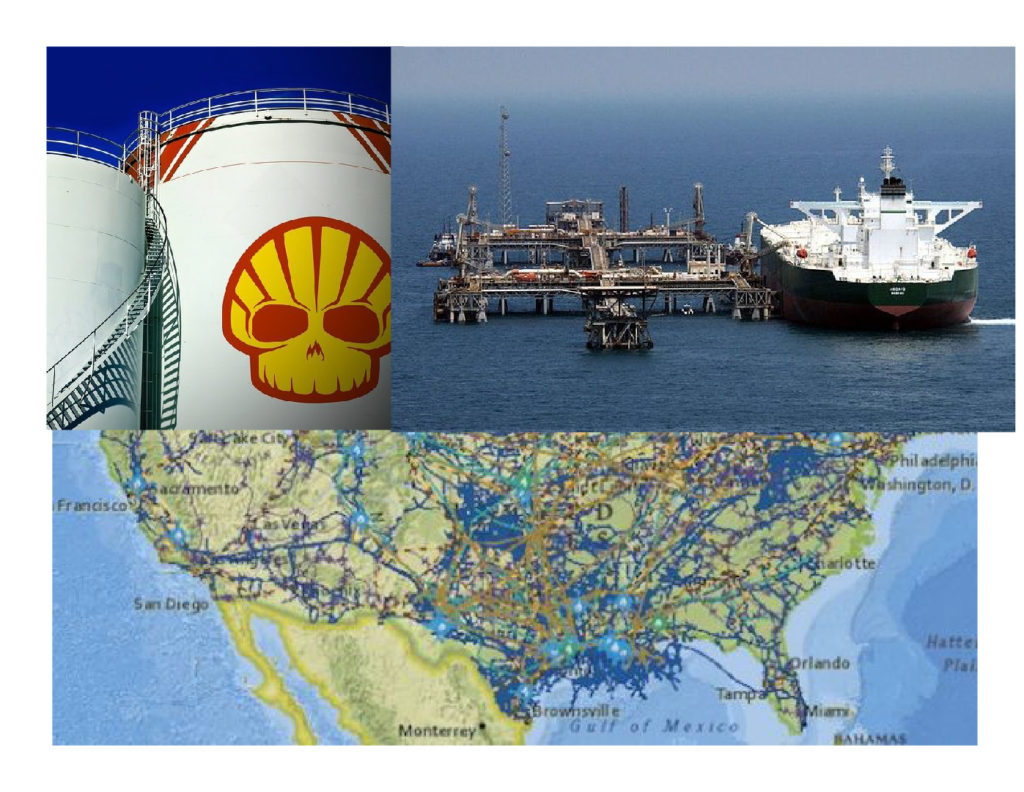
The gasoline delivery truck is refilled from a local tank farm that is fed by a pipeline, tanker truck, rail tankcar, supertanker etc. transport system that has been put in place over the last century. It is not surprising that none of us can remember a time when it was not there.
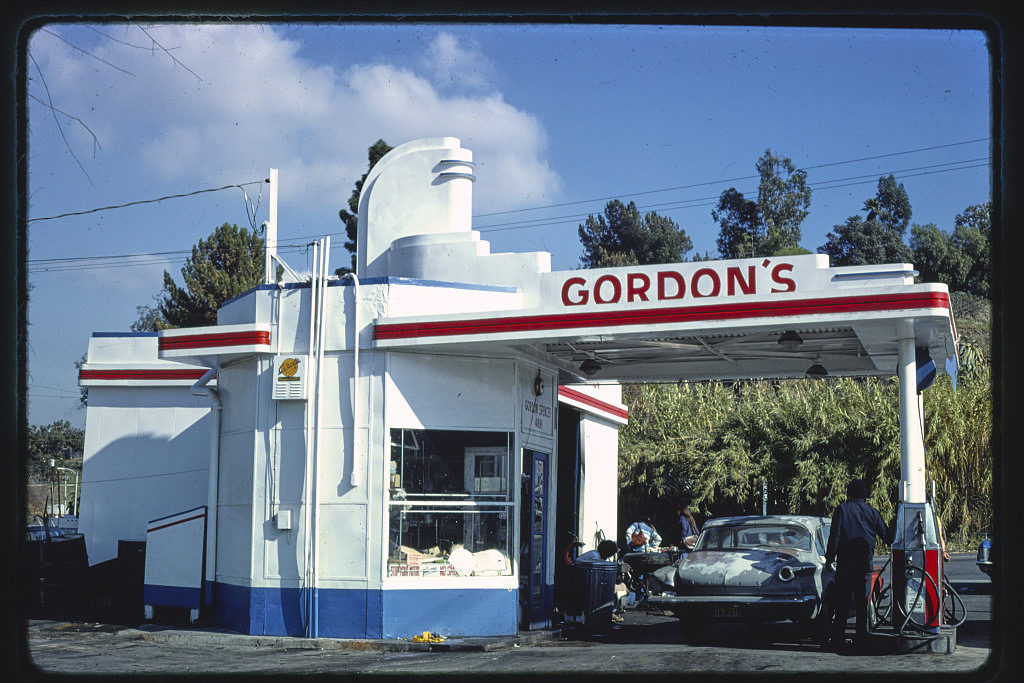
Electric utilities provide power to virtually all stations. They all use electricity to run the lights and the signs. As you can see in the picture, the size of the wires matches the size that feeds your house.

A USB cord does a great job of supplying energy to your smart phone. You will wait a long time for dinner if you try to use it to power your electric stove. Obviously the point that I am trying to make is that most existing stations are set up to deliver gasoline, not electricity. Even though they happen to have an electric power feed it is way too small for them to convert to supplying electric vehicles.
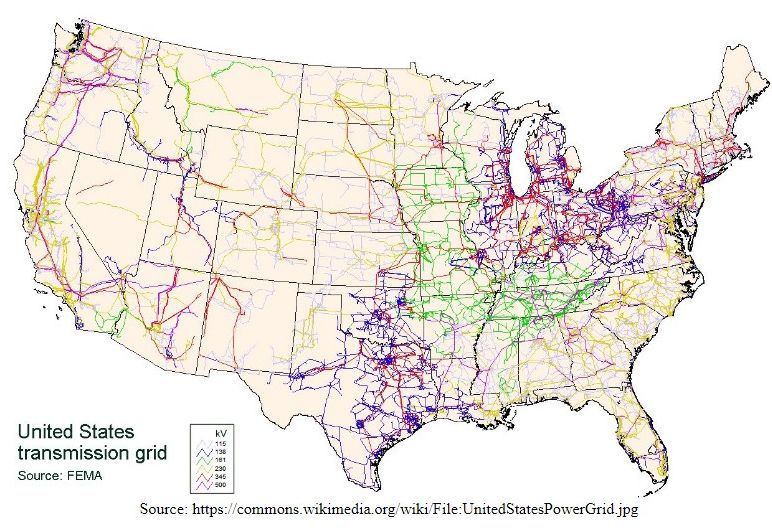
The US has some infrastructure for delivering electricity. The Grid as it exists today was set up so that the individual electrical producers could help each other at times of high demand. Accordingly it can transport about 5% of the power that we use. This lack of electrical transport capacity is before we try to add the additional requirement of powering our vehicles. Contrast this with the gasoline transport system that can deliver 100% of that type of energy. As we try to migrate to electrical powered vehicles a few pieces of infastructure are missing.
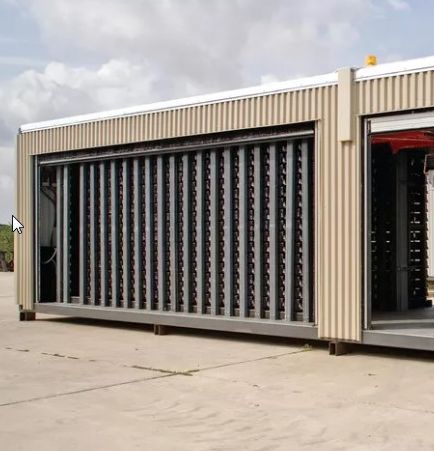
Energy stations will need to have 2 days worth of usage stored on site. We as consumers like to travel en masse on holiday weekends. Peak demand spikes are best handled by local inventory. I can picture notable power blackouts the first time a summer power grid overload due to hot weather occurs before the 4 of July holiday weekend. It will be hard to chose between staying cool while packing and filling up the car for the trip to the beach.
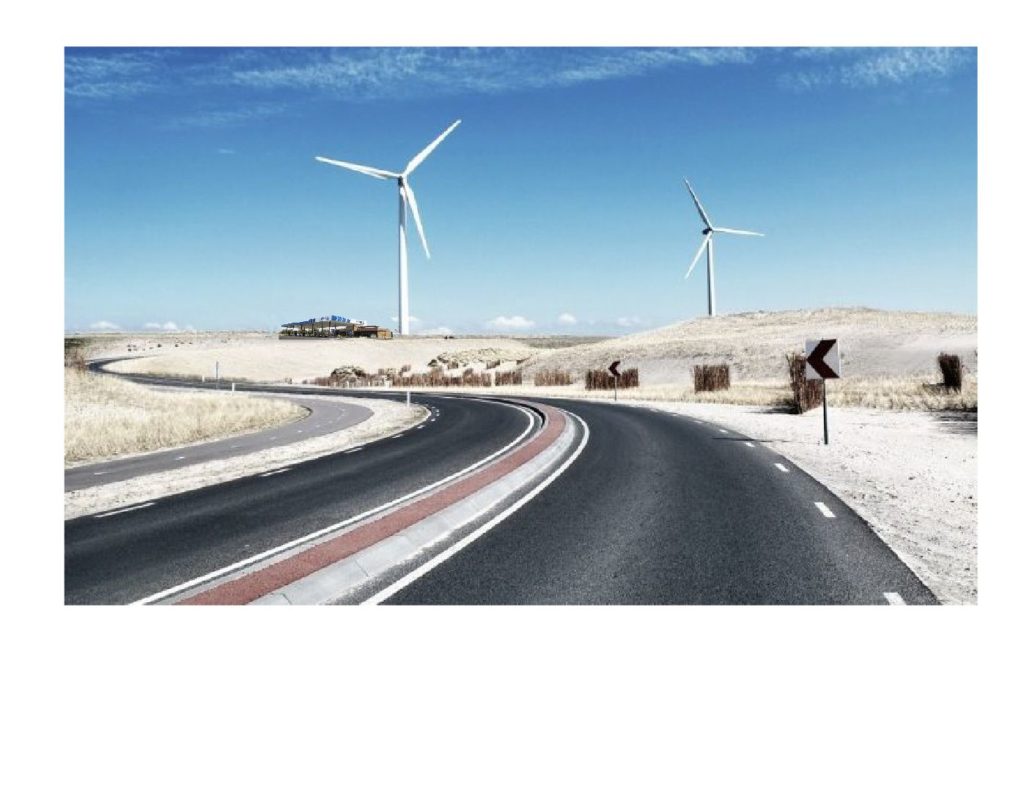
Solving the lack of electrical transmission capacity will take greater creativity. I can picture a time in the near future where visually looking for landmarks like windmills or solar farms will be how you guide yourself toward your next refill. It does not make sense to spend money on transport when the electricity can be renewably generated locally.
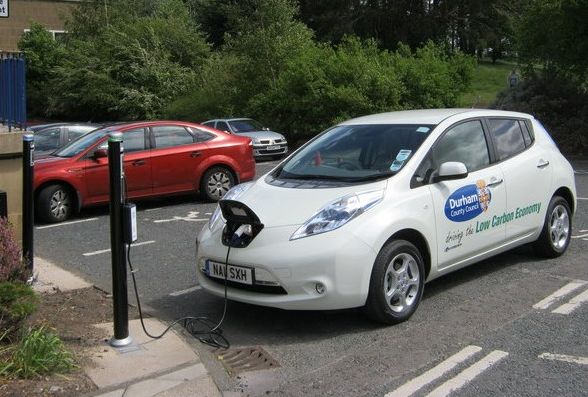
Getting back to the first question. This EV will take all day to refill with energy based on the size of the charging wire. That is Ok when you have the time to wait. Changing to a larger size wire only fixes part of the issue. Using a fire hose to fill your swimming pool is not faster if it is still hooked up to your back faucet. We are all considering switching to electric vehicles. None of us are sure when there will be enough infrastructure to support our actual needs.
